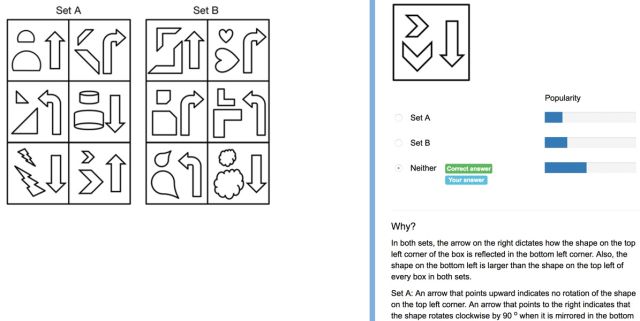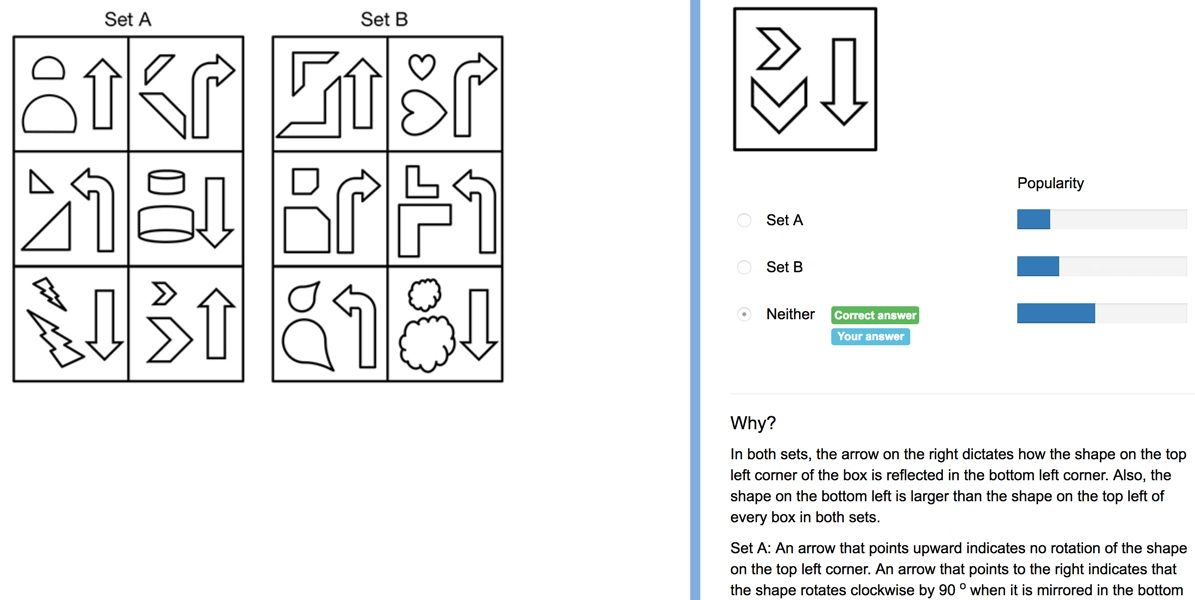I started Preparing for UMAT but now I have to sit the UCAT...
What is UCAT? How is it different to UMAT?
Posted: October 08, 2018
As you may have already heard the big change in the undergraduate medical admission process was announced rather suddenly and without any warning on Monday 24 September 2018. Essentially the UMAT is no longer the test to be sat by medical applicants as it has now been replaced by a new test called University Clinical Aptitude Test (UCAT).
More details about the UCAT can be found on the UCAT Consortium website.
The new test, albeit, not much easier than the UMAT, it does offer a number of advantages and is deemed a more practical, well-tested and fairer test than the UMAT. While the UCAT format is quite different from UMAT, much of the skills gained through UMAT preparation is transferable into UCAT. For instance, Construct 1 of the UMAT (Logical Reasoning & Problem Solving) has been deconstructed and divided into three separate UCAT sections, each of which is quite specific in the skills sets being tested. These sections are: Verbal Reasoning, Decision Making, and Quantitative Reasoning. While the UCAT questions are not near as complex as the UMAT, they are not easy either, as the time allocated per question is very short. Therefore, candidates are required to be able to read very quickly and interpret information accurately in a very short span of time. Yet, the fundamental skills for solving the questions remain consistent with the UMAT-style questions.
The fourth section of the UCAT is referred to as “Abstract Reasoning”. Only some questions look similar to Construct 3 of the UMAT, and the structure and methodology behind solving some of the newer types of questions is different. Questions in section 4 are easier to solve and there are not many methodical approaches behind solving them, once again the amount of time allocated is also quite short and the questions become more and more complex as the candidate progresses through the test.
Finally, the last section of the test is referred to as “Situational Judgement”. Contrary to Construct 2 of the UMAT “Understanding People”, where candidates were judged based on their understanding of other people’s emotions; the Situational Judgement section of the UCAT allows universities to see what sort of a person the candidate is, based on their behaviours and choices towards real life situations. This section is actually very similar to existing personal qualities test used by the UNE & Newcastle Uni JMP program, and also the Psychometric Test which was introduced by Bond University earlier this year as part of their selection criteria into medical degree. This section is quite different than the Understanding People section of the UMAT, but once again, it is a known fact that one cannot judge other’s situation clearly unless they are self-aware and non-biased. Therefore, many of the grass-root strategies that apply to Construct 2 of the UMAT are also transferable to the UCAT section 5.


